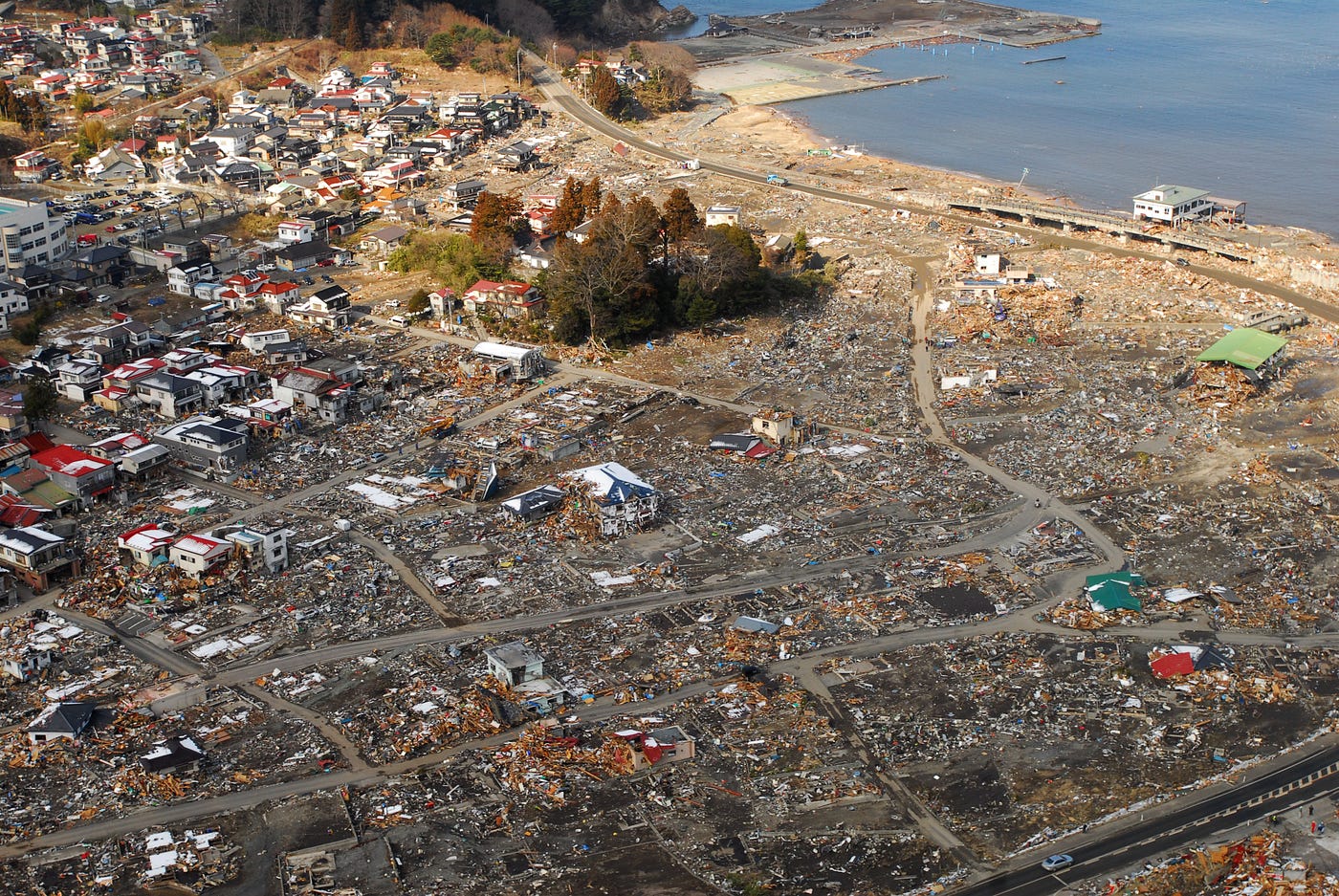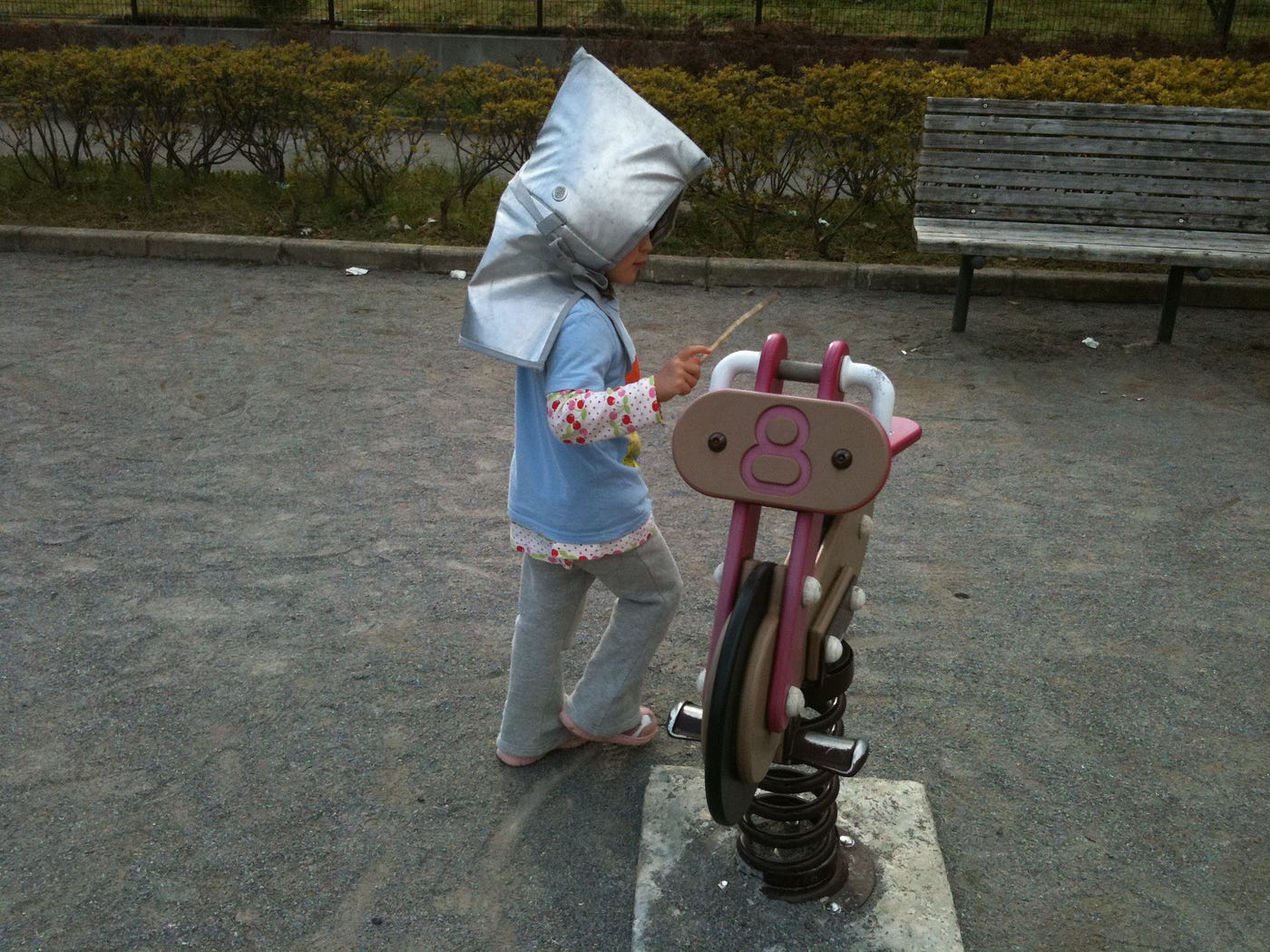Earthquakes in Japan: We are Always Prepared
At
around 4:10 pm on 1 January 2024, a major earthquake with a magnitude of 7.6 struck the Noto Peninsula in Ishikawa Prefecture, Japan. A tsunami warning was immediately issued. The full extent of the damage is not yet known, but at this stage, several people have been confirmed dead and many injured. Some houses have collapsed, and roads and other infrastructure have been damaged. Power and water outages are occurring.
You may not know the real horror of big earthquakes
 Aerial view of damage to Kirikiri, Otsuchi, after a 9.0 magnitude earthquake and subsequent tsunami in 2011 (US Navy photo by Mass Communication Specialist 3rd Class Dylan McCord, Public domain, via Wikimedia Commons)
Aerial view of damage to Kirikiri, Otsuchi, after a 9.0 magnitude earthquake and subsequent tsunami in 2011 (US Navy photo by Mass Communication Specialist 3rd Class Dylan McCord, Public domain, via Wikimedia Commons)
One of the most frightening things about major earthquakes is that they are followed by large aftershocks for several months. It is very common for a more significant earthquake than the first one to occur later. It is also typical for buildings and other structures that cracked during the first tremor to collapse after a few more earthquakes. Therefore, people feel fearful at every aftershock, which happens dozens of times a day, and are not at ease even when sleeping.
Although I now reside in the UK, I have lived most of my life in Japan. Fortunately, I have never faced an earthquake of the same intensity as the one today, but I have experienced earthquakes that were large enough to crack the walls and fences of our house. Compared to people from other countries where earthquakes are rare, I understand the impact of earthquakes better.
Indeed, we Japanese know about its power and, therefore, have been preparing for earthquakes. Today, I will show you some examples. I encourage people travelling to Japan to read about them, too.
School kids have protective equipment




















































